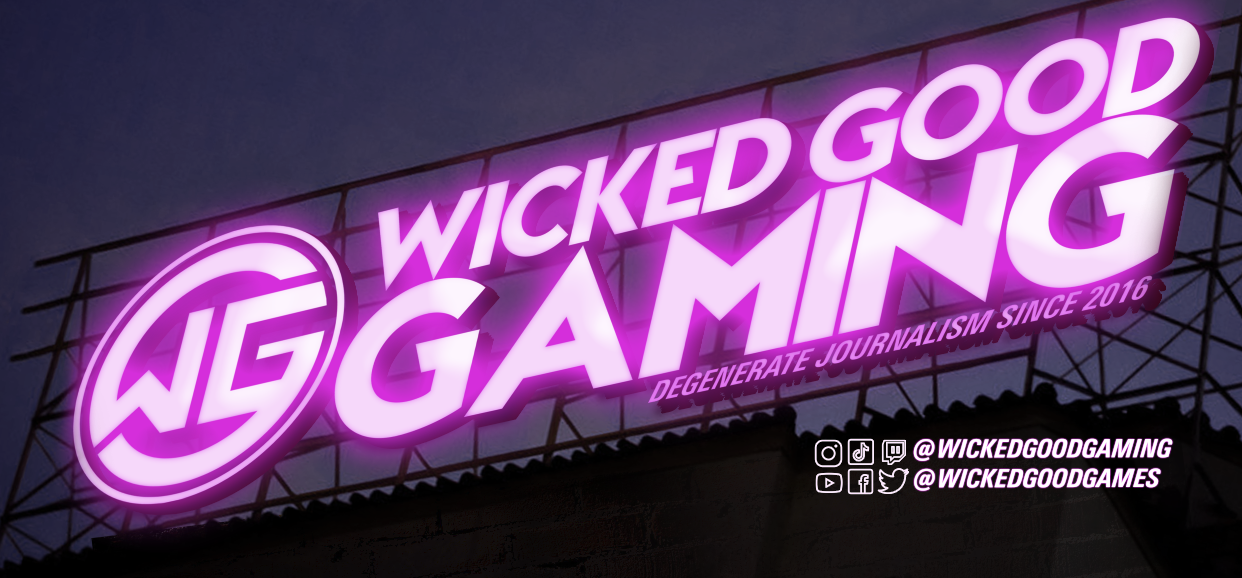How Pokémon in 1998 Changed the World Forever
On September 28th, 1998 Pokémon, a game from a small company in Japan, released in North America. Little did anyone know the spiral of merchandise, trading cards, video games, and anime that would follow it. Pokémon Red and Blue version for the Nintendo Game Boy, a small brick sized handheld console on the edge of it’s lifespan did the impossible. Pokémon released to critical acclaim behind a huge marketing push with over 4 million copies sold in just four months. That year, Pokémon had become a household name worldwide. With Australia and New Zealand getting a release on October 23 and Europe on October 5, 1999.
To understand where this phenomenon came from, that later became the highest grossing media franchise in the world ever. We need to go back to 1982 to a young Satoshi Tajiri who grew up catching and studying bugs as a kid, which would later inspire his magnum opus. As the city of Tokyo and its surrounding area developed, Tajiri was drawn towards an arcade. He would play Space Invaders for hours on end, which was a huge hit in Japan at the time. In fact, he became so good at it, the arcade eventually just gave him a cabinet.

Game Freak Started as a Gaming Magazine
Tajiri decided later to utilize his gaming skills to make strategy guides and reviews for games in a magazine he created called Game Freak. As one of the first magazines to do this he eventually sold so many that he had to enlist his family to assist him in binding and printing them to ship out. Through this magazine he met Ken Sugimori, who reached out to him to do art for the magazine. This friendship would set into motion events that would develop a 92 billion dollar worldwide IP.
At some point, Game Freak wanted to expand into actually making games instead of reporting on them. In 1989, Game Freak had enough resources to become its own legitimate game development company. They took on Junichi Masuda as a composer for their game studio, who would later compose all the music for Pokémon Red and Green (JP Version before Blue). The Nintendo Famicom (NES) was very popular at the time, but Game Freak needed a license to even publish games on the platform. So instead of looking for licensing directly, they sought out companies like Namco to make their first few games to moderate success. This led to them earning contacts at Nintendo that allowed them to pitch the first designs for Capsule Monsters, which was later changed to Pocket Monsters due to copyright issues.
On February 27th, 1996 Pokémon Red and Green released in Japan as a surprise hit. Nintendo and Game Freak thought with the aging hardware of the Game Boy people would be less inclined to purchase it. But, they neglected the fact that many young children were still playing with their Game Boy.
The Original Designs for Pokémon Were Very Different
In the original designs, Pokémon were meant to be bought and sold. There’s still some remnants of this mechanic when purchasing a Magikarp, or getting Pokémon in the game corner in the first generation of games. In fact, Pokémon was going to be so different that it almost didn’t have a proper PvP mechanic. Link battles between two players were originally supposed to be randomized, but Nintendo pushed for the battle mechanics to be turn-based. This would spark the basis for competitive Pokémon in the fourth generation of games.
The Peak of Pokémania
When Pokémon later released internationally in 1998, it arrived with a heavy marketing campaign with promo videos, commercials, anime releases, and various press coverage. This paid off when it sold 4 million copies in four months despite only being within the North American and Oceania regions. The following years into the 2000s marked the peak of Pokémania, with news outlets reporting on the insane amounts of media and merchandise being produced with the IP. People wondered if Pokémon was just a fad, or here to stay, and oh boy did it stay.
Following Pokémon From the Roar of Time to the Present
Now 26 years later in 2023, Pokémon is still a household name. The peak of its popularity may be gone, but it’s never slowed down. Pokémon has become the highest grossing franchise of anything in history. Bigger than Star Wars, bigger than Marvel, bigger than Disney! Players who grew up with the game are now interested in a higher challenge, along with competitive mechanics being more accessible. There’s more games, cards, anime, manga, movies, and merch than ever. It’s a great time to be a Pokémon fan.
A Future Sight: Pokemon Day 2023
On Monday February 27th, dubbed Pokémon Day, The Pokémon Company will be releasing a ton of information in a Pokémon Presents. At 6am PT/ 9am ET, Pokémon will presumably be teasing the new anime without Ash this time. New games, and updates for existing games, and maybe even more trading cards!
Check out Papa Dom’s trading card openings on the Wicked Good Gaming YouTube channel!
No matter how you look at it, Pokémon is still strong as ever. What generation did you grow up with? Do you still have nostalgia for it? Personally I do, as someone who grew up with his first ever video game being Pokémon Red. Have a great Pokémon Day everyone! If you want to learn more about the development of the first games, check out Did You Know Gaming’s video below!





Pingback: The Pokémon Esports Scene Is Getting Over Some Rough Edges - Wicked Good Gaming
Pingback: Pokémon Presents 8/8/2023 Wicked Good Roundup - Wicked Good Gaming